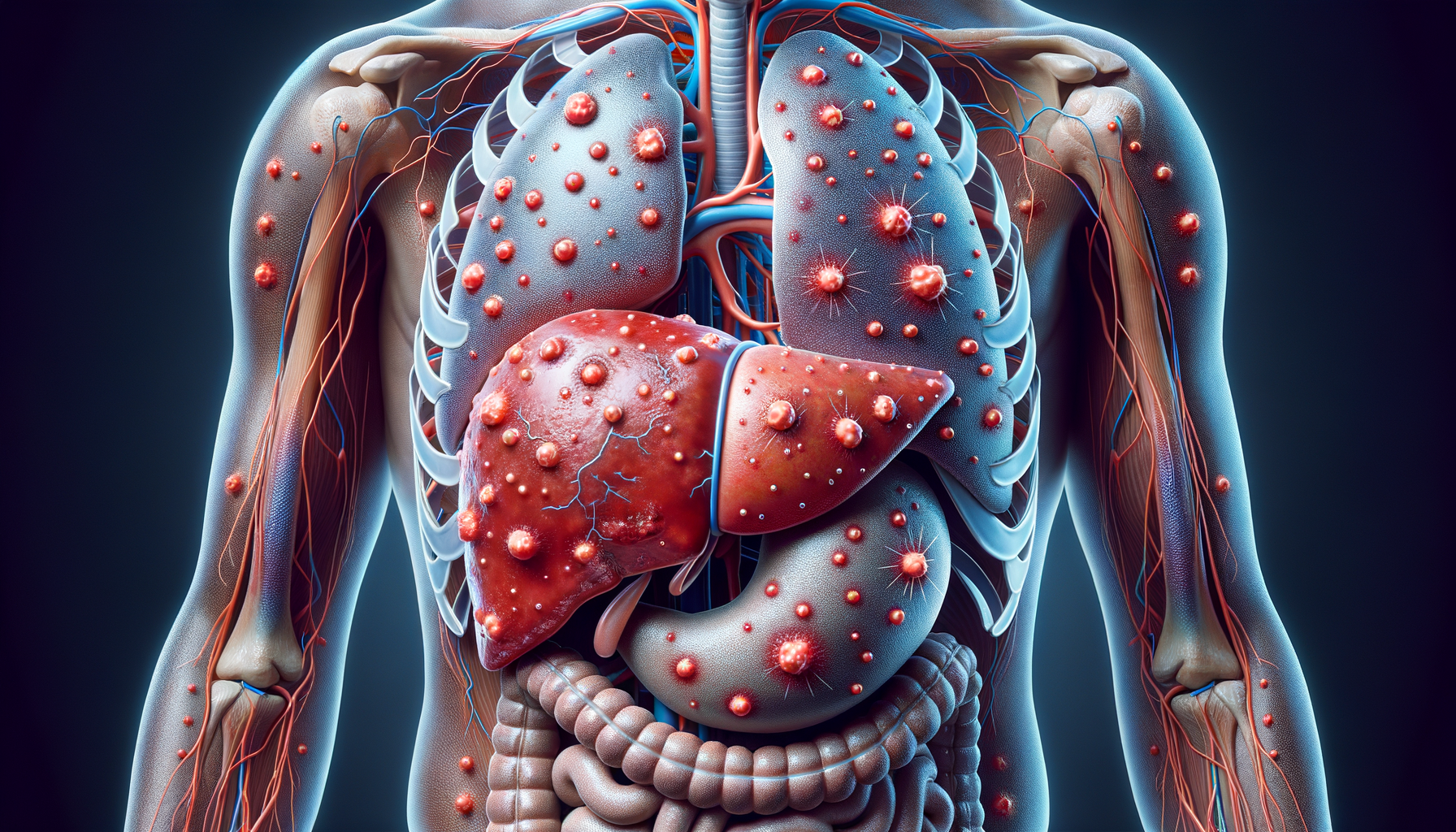Understanding Fatty Liver Disease
Fatty liver disease, also known as hepatic steatosis, occurs when excess fat builds up in the liver. This condition can be categorized into two types: alcoholic fatty liver disease (AFLD) and non-alcoholic fatty liver disease (NAFLD). The latter is more common and is not related to alcohol consumption. The liver is a vital organ responsible for numerous functions, including detoxification, protein synthesis, and the production of biochemicals necessary for digestion. When fat accumulates, it can lead to inflammation and damage, potentially progressing to more severe conditions like cirrhosis or liver cancer.
NAFLD is often associated with obesity, insulin resistance, high cholesterol, and hypertension. It is estimated that around 25% of the global population is affected by NAFLD, making it a significant public health concern. The condition is often asymptomatic in its early stages, which can delay diagnosis and treatment. Recognizing symptoms such as fatigue, abdominal discomfort, and itching can be crucial for early intervention.
The Connection Between Fatty Liver and Itching
One of the lesser-known symptoms of fatty liver disease is itching, medically referred to as pruritus. This symptom can be perplexing for patients and healthcare providers alike. Itching is often associated with liver conditions due to the accumulation of bile salts in the bloodstream, a phenomenon that can occur when liver function is impaired.
In the context of fatty liver disease, itching may arise due to cholestasis, a condition where bile flow from the liver is reduced or blocked. This can lead to the buildup of bile acids, which can irritate nerve endings in the skin, causing an intense itch. Patients often report that the itching is more pronounced at night, which can significantly impact sleep and quality of life.
While not every individual with fatty liver disease will experience itching, its presence can indicate a more advanced stage of liver dysfunction. Therefore, it is essential for individuals experiencing unexplained itching to seek medical evaluation, as it may be a sign of underlying liver issues.
Diagnosing Fatty Liver Disease
Diagnosing fatty liver disease typically involves a combination of medical history evaluation, physical examination, and diagnostic tests. Physicians often start by assessing risk factors such as obesity, diabetes, and metabolic syndrome. Blood tests can provide insight into liver function by measuring levels of liver enzymes such as ALT and AST. Elevated levels may indicate liver inflammation or damage.
Imaging studies, including ultrasound, CT scans, or MRI, can help visualize fat accumulation in the liver. In some cases, a liver biopsy may be necessary to determine the extent of inflammation and fibrosis. This procedure involves taking a small sample of liver tissue for microscopic examination.
Early diagnosis of fatty liver disease is crucial for preventing progression to more severe liver conditions. Patients diagnosed with fatty liver disease should work closely with their healthcare providers to develop a personalized management plan that may include lifestyle modifications and medical interventions.
Managing Itching and Other Symptoms
Managing itching associated with fatty liver disease can be challenging, but several strategies may provide relief. Topical treatments such as moisturizers and anti-itch creams can soothe the skin and reduce irritation. Additionally, antihistamines may be prescribed to alleviate itching by blocking histamine, a compound involved in allergic reactions.
For more severe cases, medications that bind bile acids in the intestine, such as cholestyramine, can be effective. These medications help reduce the levels of bile acids in the bloodstream, thereby alleviating itching. It is important for patients to discuss these options with their healthcare providers to determine the most appropriate treatment plan.
Alongside managing symptoms, addressing the root cause of fatty liver disease is essential. Lifestyle modifications such as adopting a healthy diet, engaging in regular physical activity, and achieving a healthy weight can significantly improve liver health. Patients should also avoid alcohol and consult their healthcare providers before taking any new medications or supplements.
Conclusion: The Importance of Awareness and Early Intervention
Fatty liver disease is a prevalent condition with potentially serious consequences if left untreated. While itching may seem like a minor inconvenience, it can be an important indicator of liver dysfunction. Recognizing and addressing this symptom can lead to early diagnosis and intervention, ultimately improving outcomes for individuals with fatty liver disease.
Education and awareness are key components in the fight against fatty liver disease. By understanding the symptoms and risk factors, individuals can take proactive steps to protect their liver health. Healthcare providers play a crucial role in diagnosing and managing this condition, guiding patients towards effective treatment strategies and lifestyle changes.
As research continues to shed light on the complexities of fatty liver disease, it is hoped that new therapies and interventions will emerge, providing relief for those affected by this condition and its associated symptoms.




Leave a Reply